Seminar Speakers 2017 - Chemistry Department
Seminar Speakers 2017
- Dr. Fabiola Barrios-Landeros (Yeshiva College)
- April 6, 2017
- Title: "Copper-Promoted Aromatic Acyloxylation"
- Abstract: Cross-coupling reactions catalyzed by transition metals have revolutionized the field of organic synthesis. The functionalization of aromatic rings can be achieved using a large variety of nucleophiles to form C-C or Cheteroatom bonds. However, carboxylic acids have rarely been used as coupling partners. We have identified reaction conditions to successfully couple aryl halides with aliphatic and aromatic carboxylic acids using salts of copper(I) and copper (II). This system offers an alternative to the traditional Fischer esterification method which requires phenol as starting material. It also offers a one-step strategy for the synthesis of protected phenols from aryl halides. The reaction progress has been monitored to better understand the reaction mechanism; product mixtures from crossover experiments have been analyzed to understand the active intermediate species. The experimental evidence is consistent with a catalytic cycle where transmetalation of carboxylate to the Cu(I) salt is the first step, followed by oxidative addition to break the C–X bond, and reductive elimination to form the C–O aromatic bond. Halide exchange, via an aromatic Finkelstein reaction, also takes place under the reaction conditions.
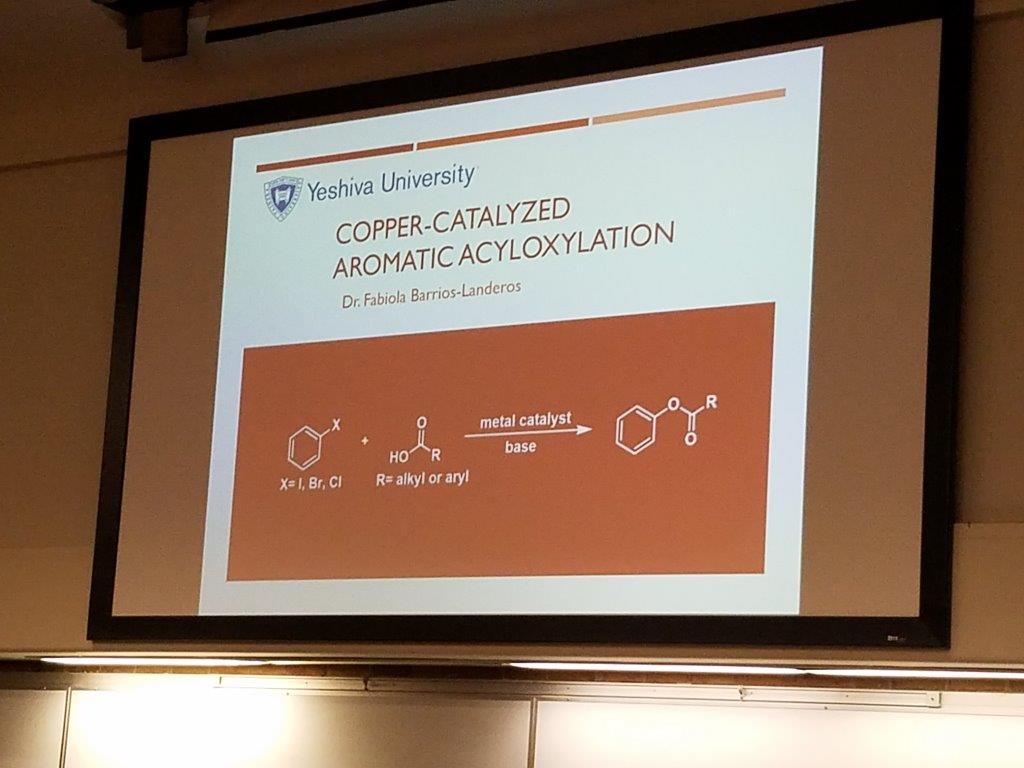 |
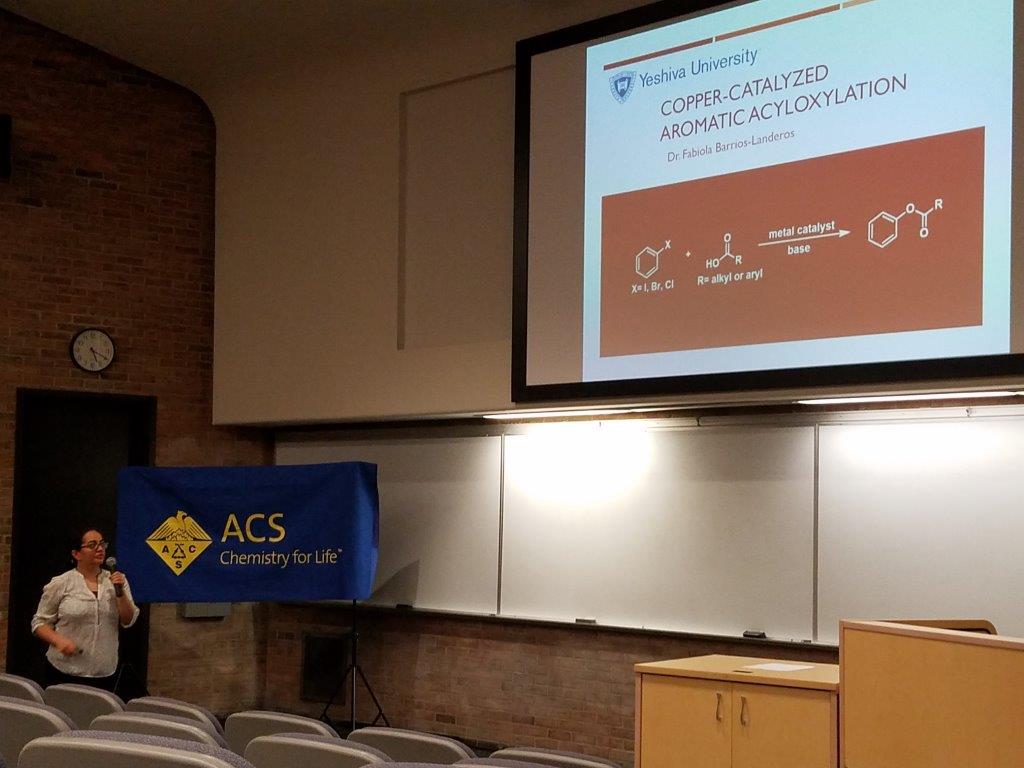 |
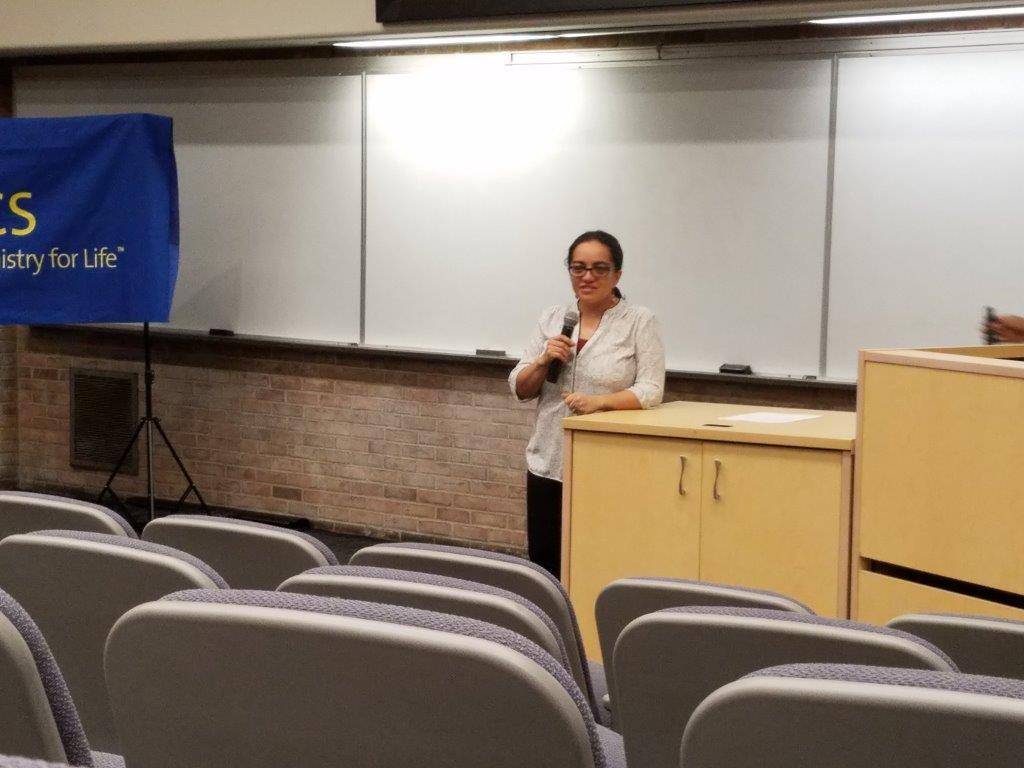 |
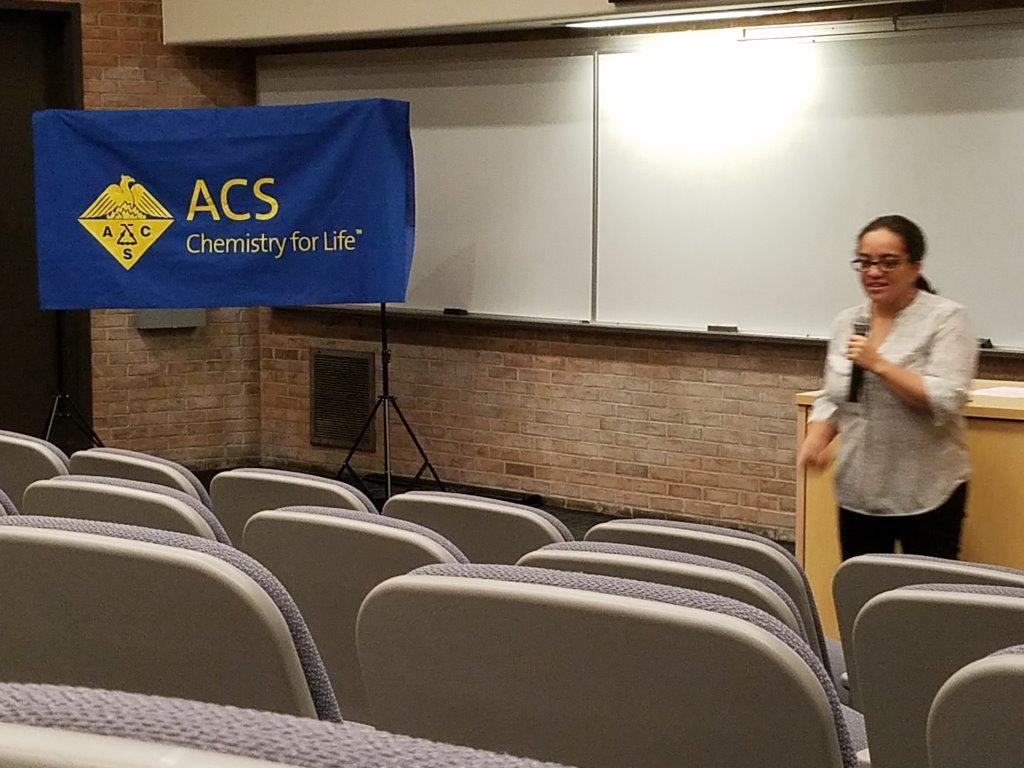 |
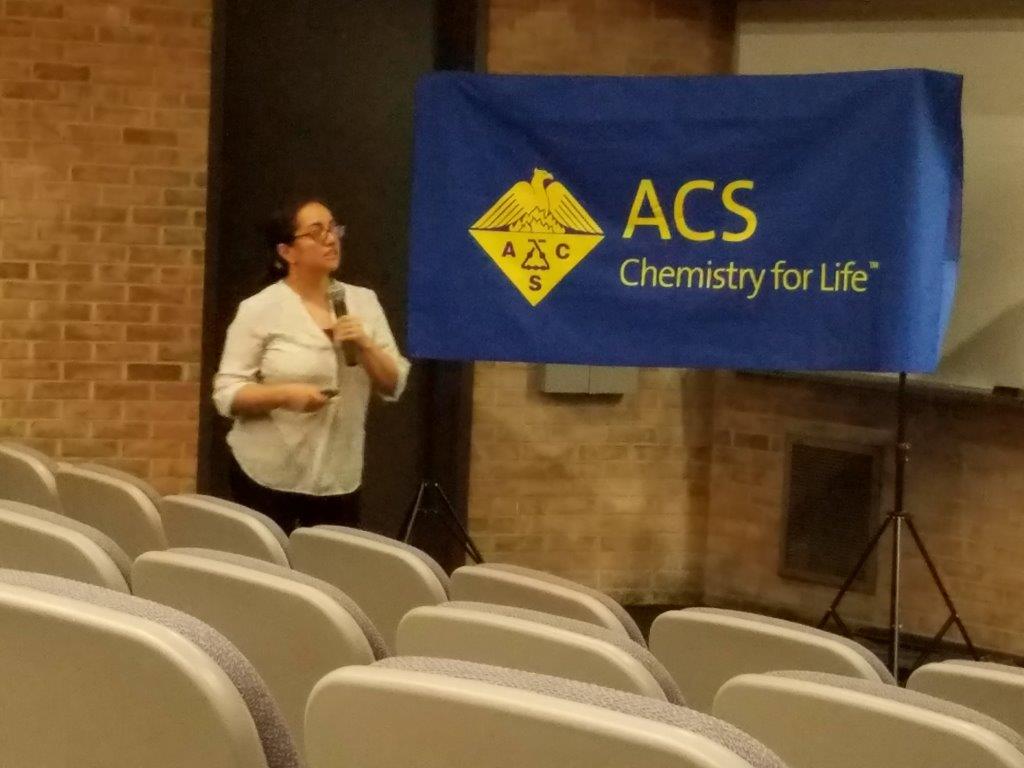 |
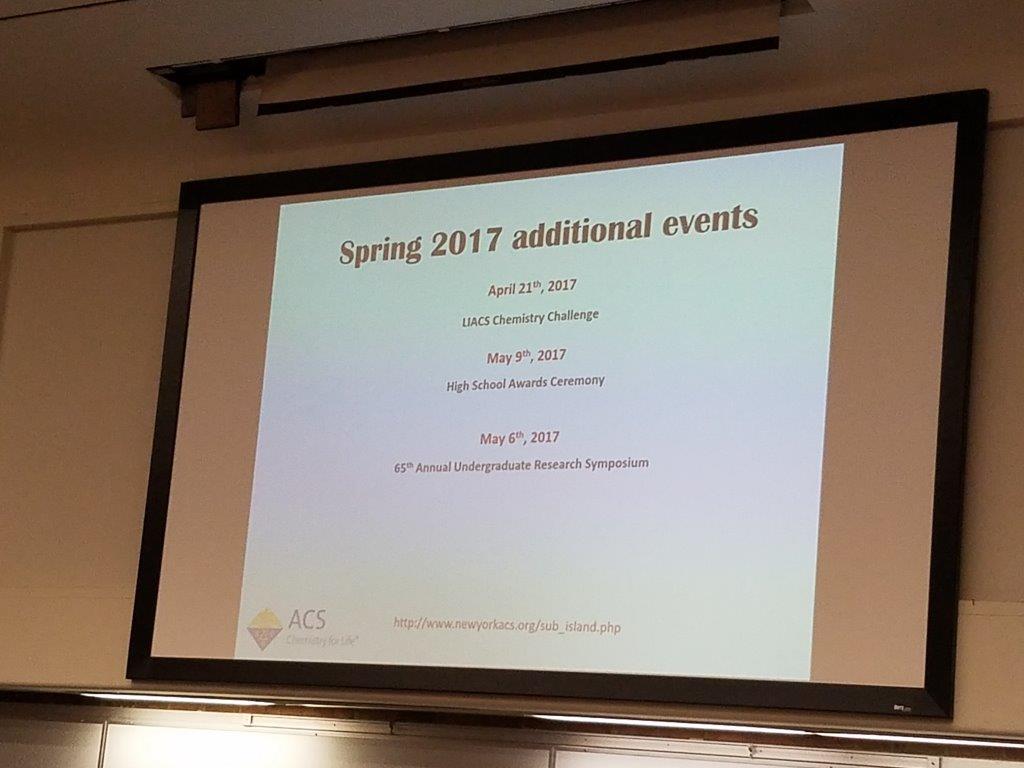 |
- Dr. Spiro Alexandratos (Chemistry Department- Hunter College)
- March 3, 2017
- Title: "Chemically Modified Polyacrylonitrile Fibers for the Separation of Uranium from Seawater"
- Abstract: All nations depend on sources of energy for everything from industrial output to warmth and cooking. This has led to the current situation of the burning of massive amounts of fossil fuels and its corollary: the emission of 35 billion tons of CO 2 into the atmosphere in 2015 alone. This has unquestionably led to the facts that “… 2015 was the hottest year since records began in 1880 [and] the 16 warmest years recorded are in the 1998-2015 period.” Nuclear energy is the only form of energy that is ready now to stem the use of fossil fuels. Uranium is a critical resource for nuclear energy but terrestrial mining and processing is as dirty a process as the many ways of recovering fossil fuels. A new process to recover uranium is to absorb it from oceans in which it is dissolved 4.5 billion tons. The problem is that uranium is present in an extremely low concentration (3.3 parts per billion) in a matrix that contains common metal ions such as calcium, sodium, and magnesium in concentrations orders of magnitude greater. Most importantly, any method to absorb the uranium must be environmentally compatible and not introduce any pollutant whatsoever. This talk describes how such a process using polyacrylonitrile (the same material used in the manufacture of sweaters and stockings) has been modified with the amidoxime ligand.
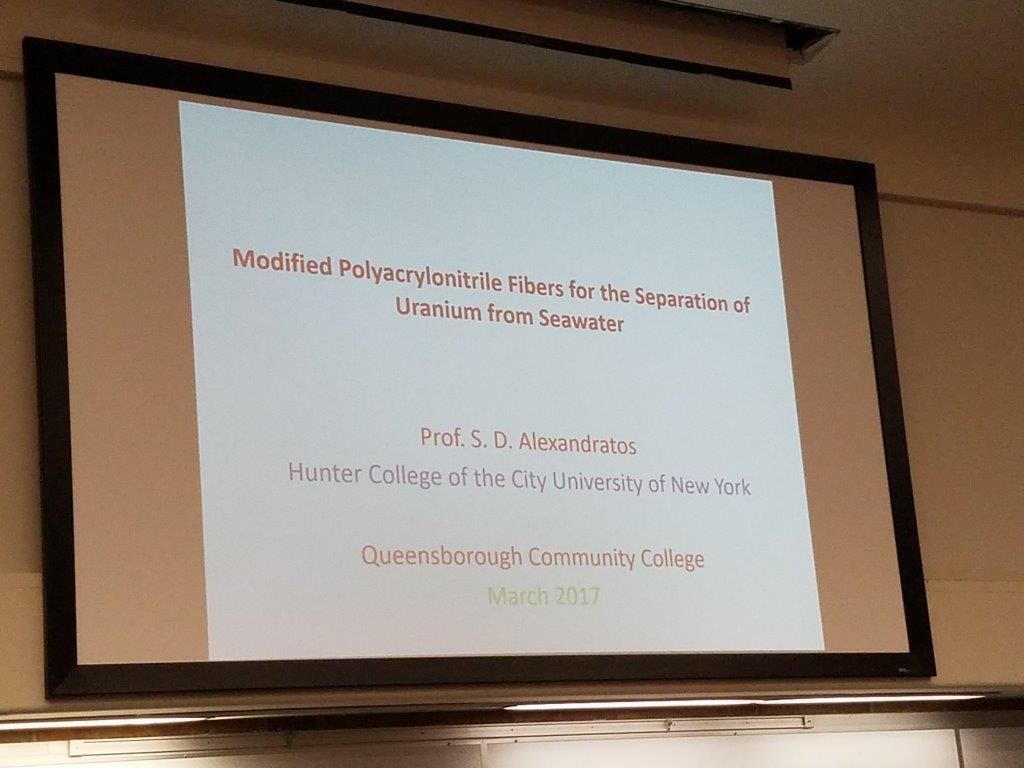 |
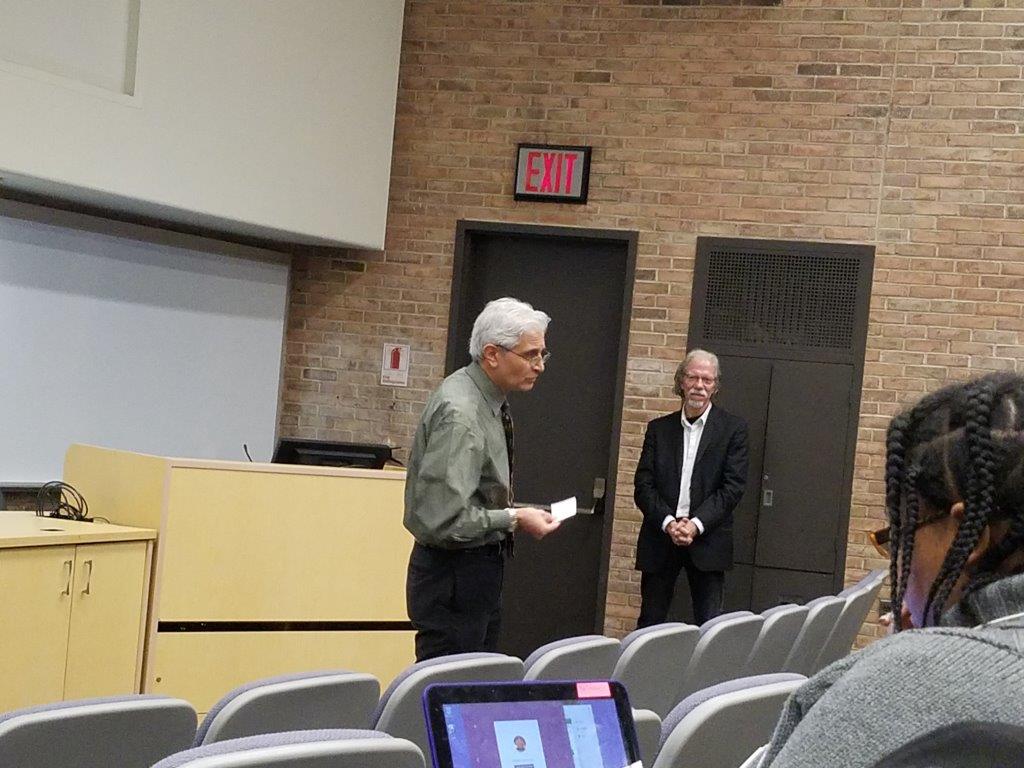 |
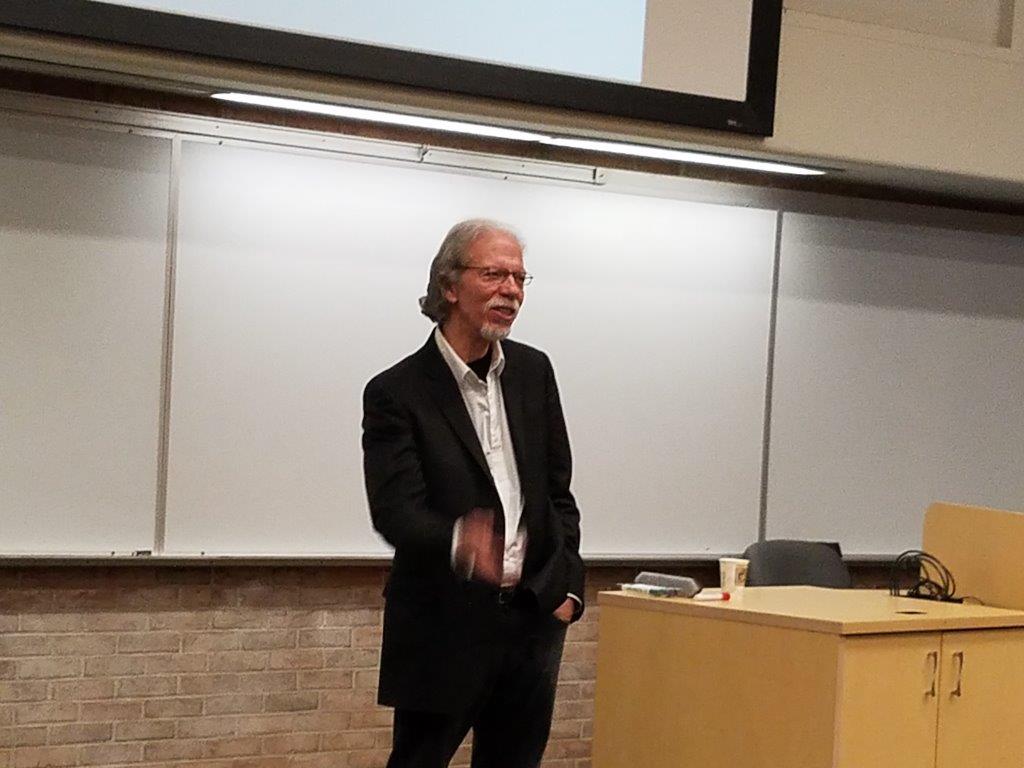 |
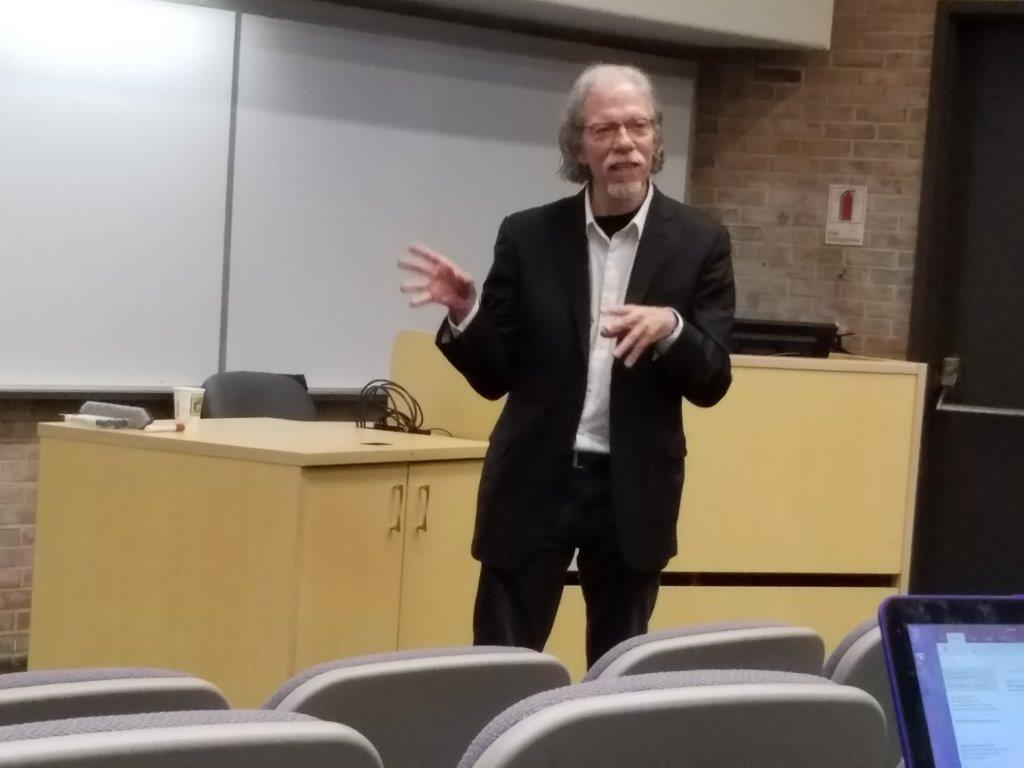 |
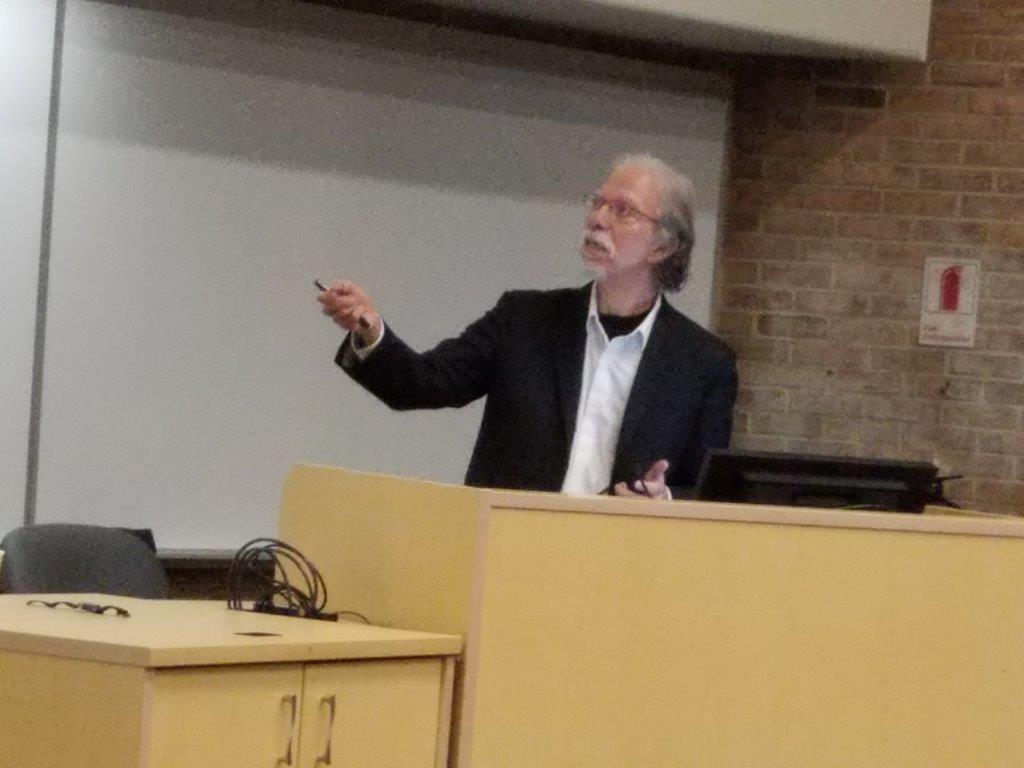 |
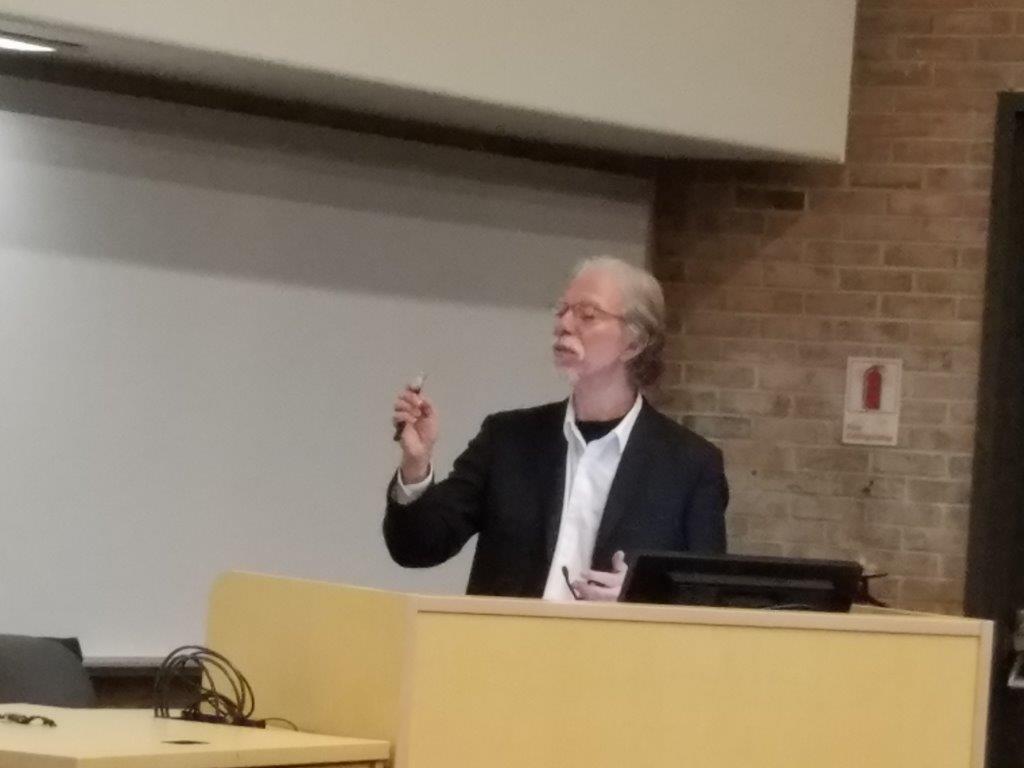 |
- Dr. Joseph Nagyvary (Professor Emeritus, Texas A&M University)
- March 2, 2017 (The LI-ACS Seminar)
- Title: "Violence and Violins"
- Synopsis: Dr. Joseph Nagyvary's talk is interdisciplinary and is of particular interest to those in the fields of Chemistry, Physics, Engineering, Music, Art and History. It will focus on his recently published book "Violence and Violins - The Making of a Hungarian Refugee". Dr. Nagyvary will talk about his time as a young Hungarian chemistry student during the period of the Cold War, and how he and his fellow students participated in the 1956 uprising and fight for freedom. He will also talk about his journey after escaping Hungary to Austria, then to Switzerland, then to England and to finally ending up in the United States in 1964 where he currently resides. Dr. Nagyvary will explain how his life experiences and childhood passion for classical music lead him to research and develop his theory that the chemicals used to treat the wood used to make the violin – and not Stradivarius’ violin-making skills – were the thing responsible for its unique, pristine sound. His theory caused considerable outrage in music circles, but was indeed correct (Nature, 444, 30 Nov. 2006, p.565). His book, published last October coincides with the sixtieth anniversary of the 1956 events and is now available at Amazon. For more information on its content, go to www.violenceandviolins.com and for more information regarding his violins please visit http://www.nagyvaryviolins.com. Dr. Nagyvary suggests watching a short 24 min video about the “Revolt in Hungary, 1956” Narrated by Walter Cronkite (CBS). https://www.youtube.com/watch?v=0Vq_LqruDQY
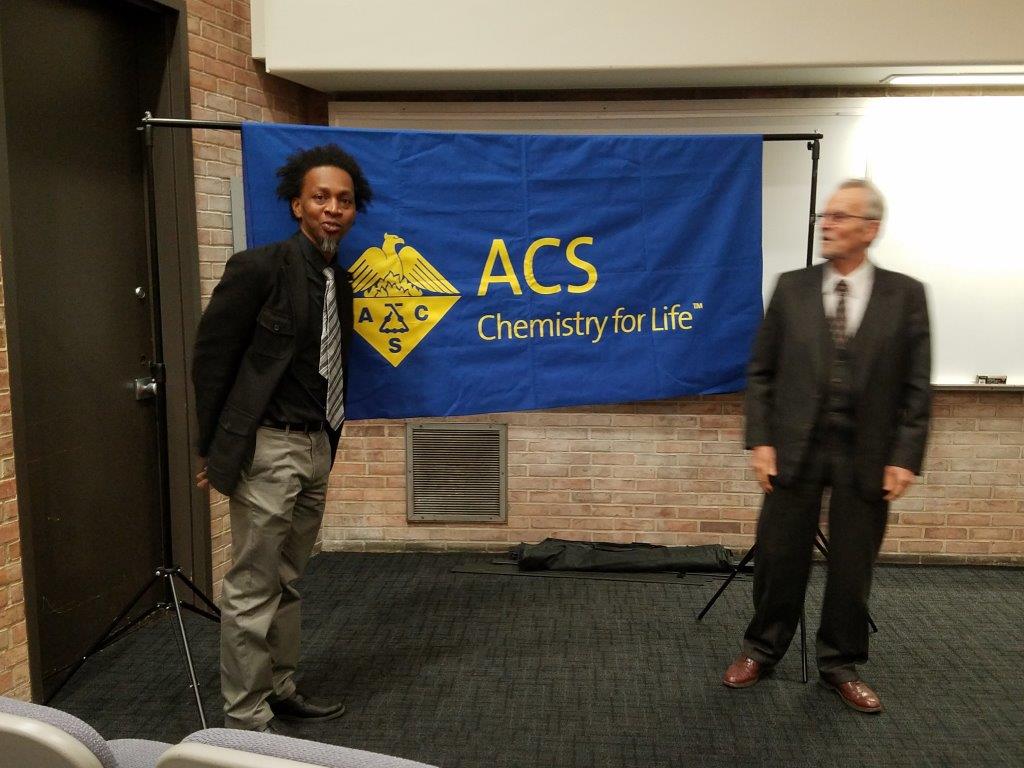 |
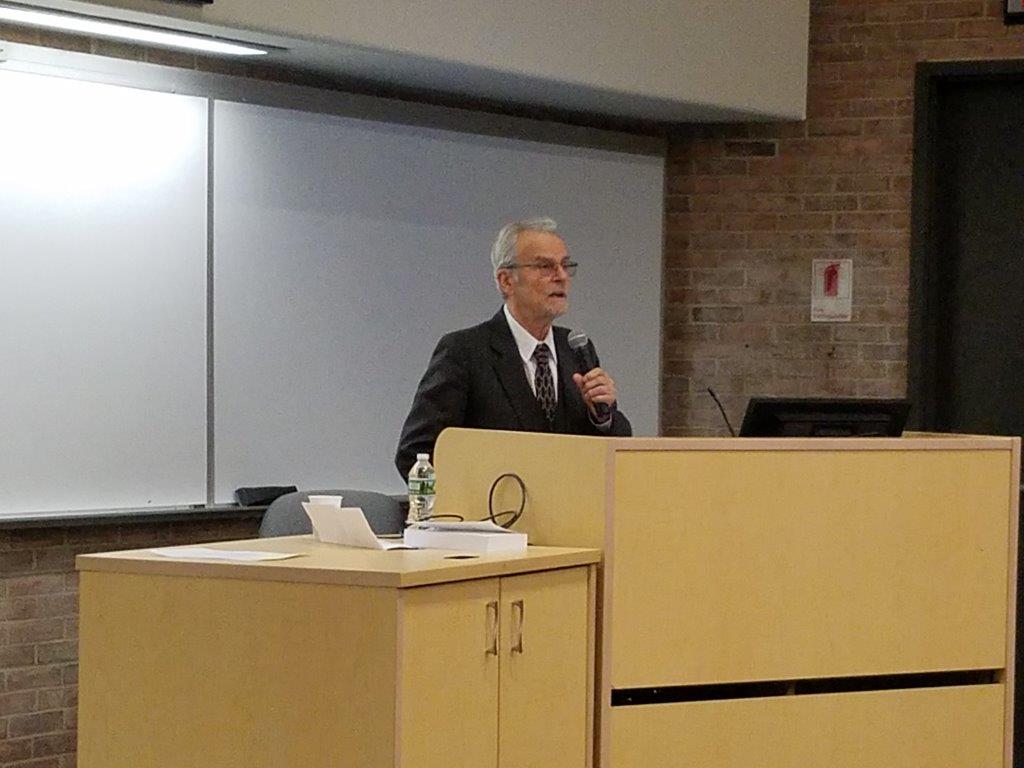 |
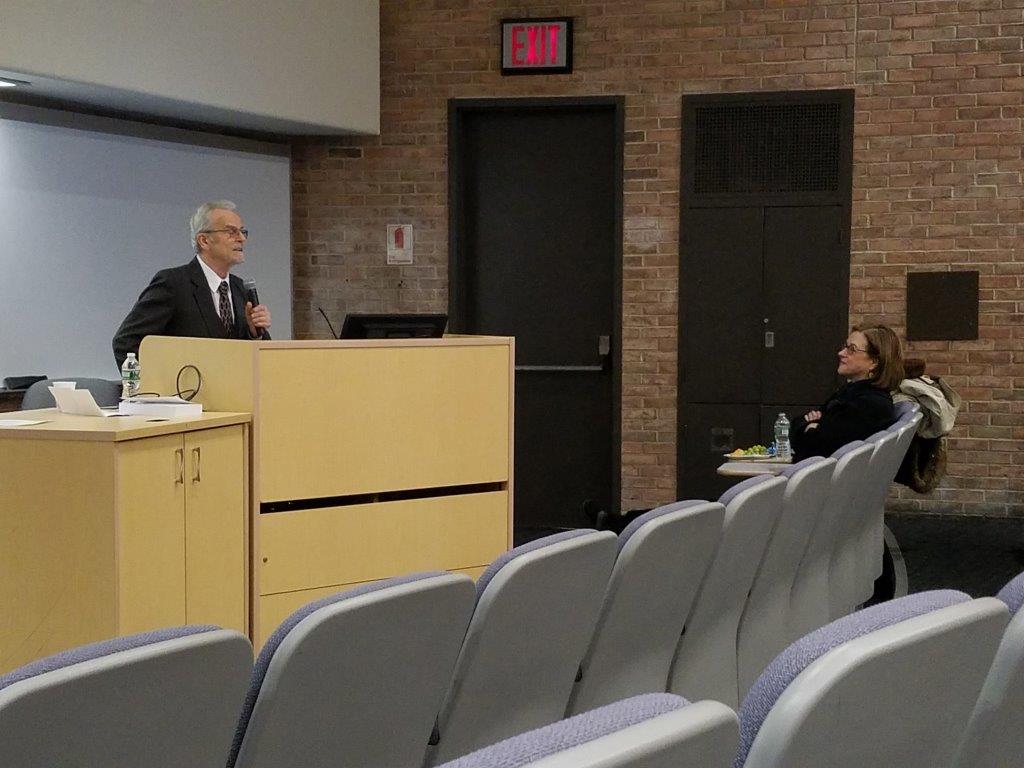 |
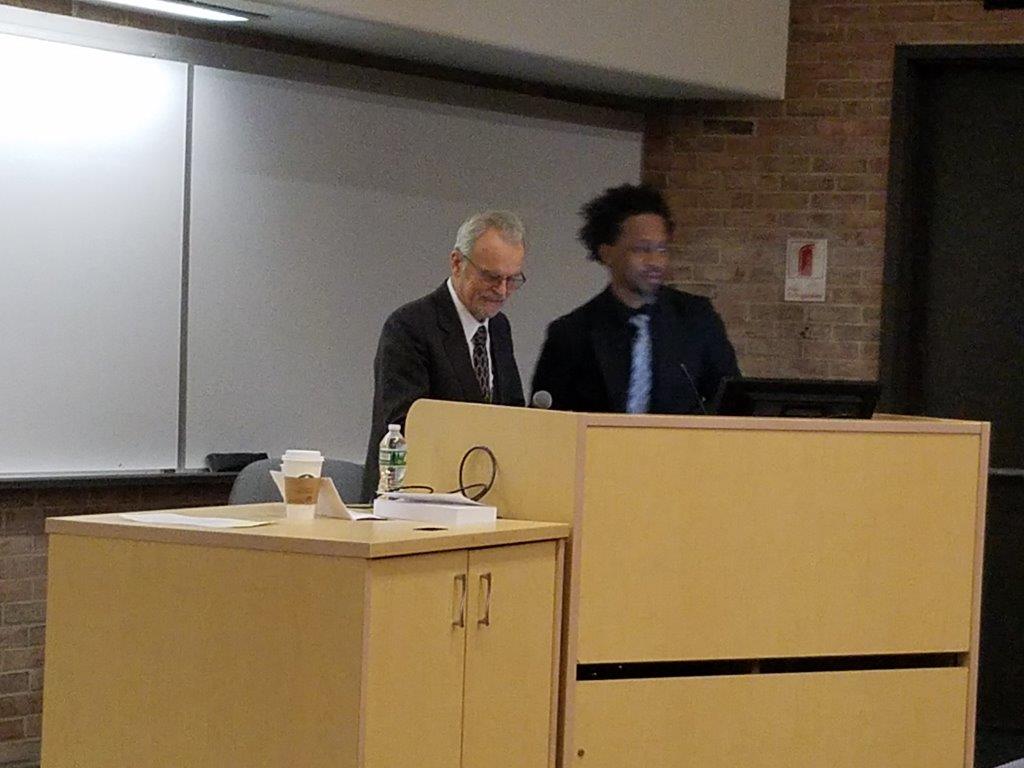 |
- Dr. Emily C. Mundorff (Hofstra University)
- February 2, 2017 (The LI-ACS Seminar)
- Title: "Explorations in Substrate Space"
- Abstract: Enzymes are nature’s catalytic machines. Massive increases in rates of reactions may be achieved through specific interactions between the enzyme and its substrate. We now have the ability to harness the catalytic power of enzymes and put them to work in a variety of applications. Enzymes are currently used in laundry detergent, food production, bioremediation, biofuels and synthesis of pharmaceuticals. But what do you do when you can’t find an enzyme to work with the reaction you want to catalyze? You need to alter the enzyme in order to generate activity on new substrates. I will describe the generation of novel substrate specificity in both the alanine dehydrogenase and the haloalkane dehalogenase enzyme systems.
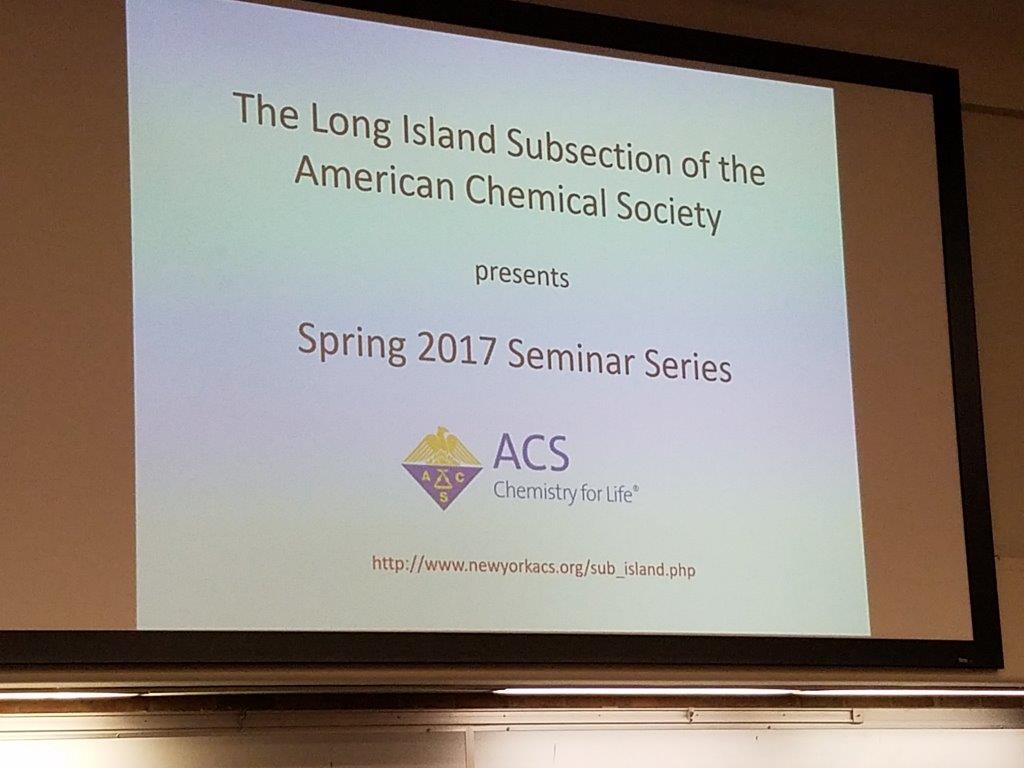 |
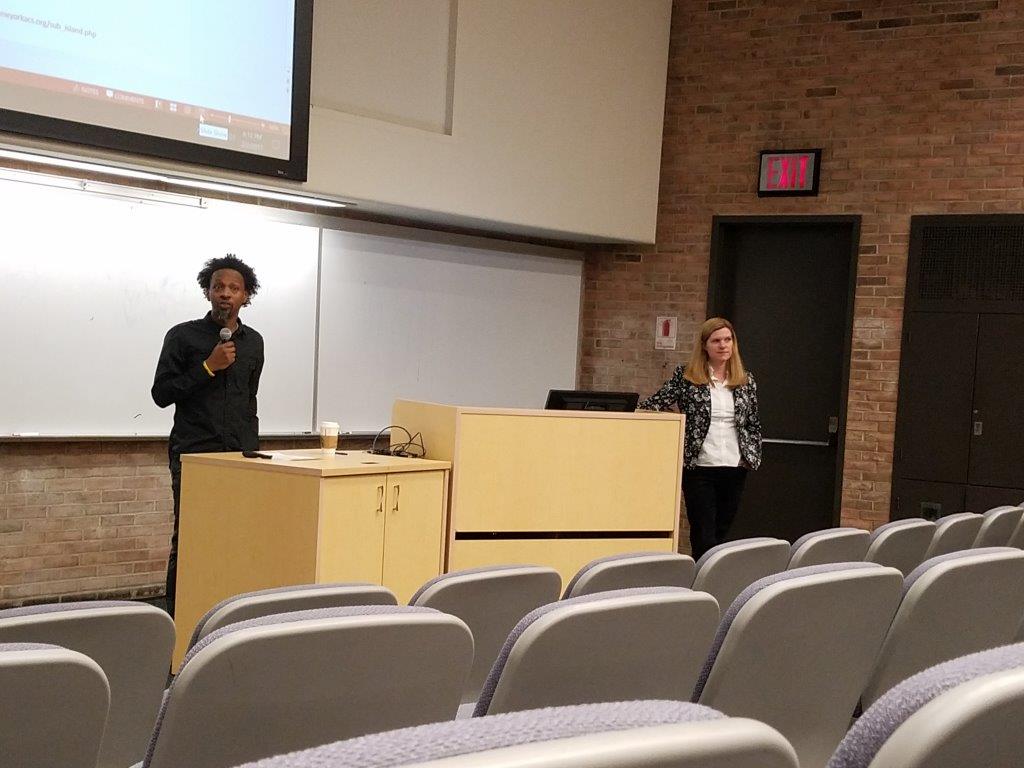 |
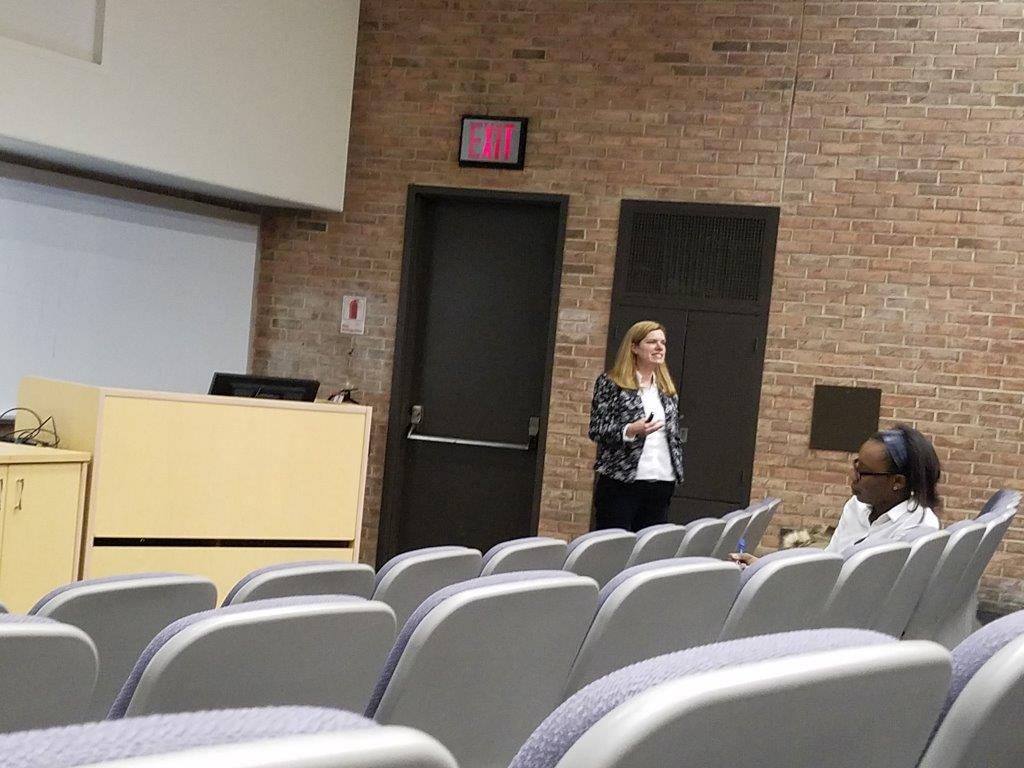 |



